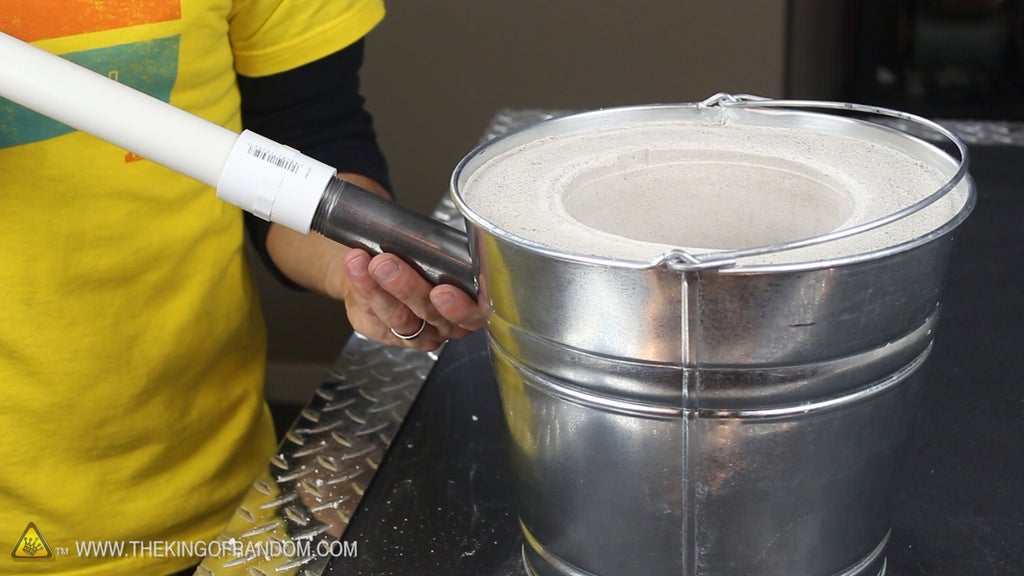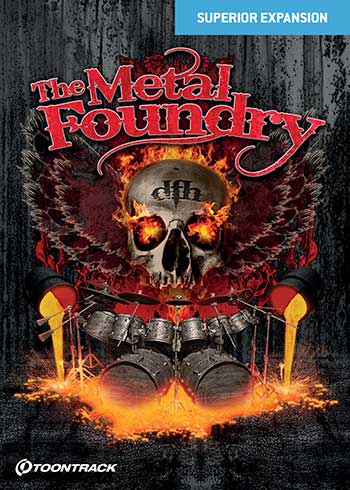Exploring the Aluminum Casting Process: From Mold to Metal
Wiki Article
Comprehending Metal Casting Processes: Technologies and Fads in the Foundry Sector
The foundry market is experiencing considerable improvements driven by technical advancements. Innovations such as 3D printing and artificial knowledge are improving metal casting processes, boosting effectiveness and precision. Lasting techniques are gaining grip, emphasizing the significance of ecological obligation. Additionally, the intro of innovative products and automation is improving total casting top quality. These developments suggest a critical change in the industry, questioning concerning future instructions and implications for producers.Improvements in 3D Printing for Metal Casting
Recent developments in 3D printing innovation have actually considerably transformed the landscape of steel casting. The integration of additive production methods has actually made it possible for the fast manufacturing of complicated patterns and mold and mildews that were difficult or previously challenging to attain with traditional techniques. By utilizing products such as sand and metal powders, producers can produce detailed geometries that improve design versatility and lower product waste. This advancement not just expedites the prototyping procedure however additionally enables the modification of parts customized to details applications.
3D printing assists in much shorter lead times, which is necessary in industries requiring quick turn-around for parts. The modern technology also supports the manufacturing of lightweight frameworks, thus improving power effectiveness in final result. As a result, the foundry industry is witnessing a shift towards even more sustainable methods, driven by the effectiveness and precision supplied by these contemporary 3D printing methods in metal casting processes.
The Duty of Artificial Intelligence in Precision Manufacturing
As markets progressively adopt advanced production modern technologies, expert system (AI) is playing a pivotal duty in enhancing precision manufacturing processes. AI formulas examine huge datasets to determine patterns and enhance manufacturing parameters, causing improved accuracy and efficiency. In steel casting, AI help in predictive upkeep, reducing downtime by forecasting tools failings before they take place.Furthermore, AI-driven simulations enable makers to design the casting procedure, refining layouts and decreasing flaws. Machine understanding strategies enhance quality control by finding anomalies in real-time, consequently guaranteeing that only products meeting rigorous specs continue with the assembly line.

Lasting Practices in the Foundry Industry
Sustainability has actually become a vital emphasis in the foundry industry, motivating producers to embrace methods that minimize ecological impact while keeping efficiency - Aluminum Casting. One prominent strategy consists of the recycling of materials, especially steels, which considerably lowers waste and energy usage. Shops are increasingly executing closed-loop systems, permitting the reuse of sand and other casting materials, thereby lessening the need for virgin resourcesOn top of that, energy-efficient modern technologies, such as electric furnaces, are acquiring traction, as they reduced greenhouse gas discharges compared to typical techniques. Many shops are exploring the usage of eco-friendly finishings and biodegradable binders to decrease harmful byproducts. Staff member training on sustainable techniques has additionally ended up being vital, fostering a society of ecological obligation within organizations. Overall, these lasting practices not just add to ecological preservation however additionally boost the long-term practicality of the foundry market in a significantly eco-conscious market.
Developments in Products for Enhanced Casting High Quality
With the constant advancement of the foundry industry, innovations in products have come to be necessary for improving casting quality. Advanced alloys and composite products are significantly being utilized to improve mechanical homes and lower defects in castings. These products commonly offer remarkable strength-to-weight proportions and boosted resistance to rust and wear, attending to the demands of modern applications.Additionally, the consolidation of nanomaterials is getting traction, enabling for finer microstructures that result in boosted surface area finishes and dimensional precision. Aluminum Casting. 3D printing innovations additionally contribute in creating complex geometries with marginal waste, making it possible for using specific materials that were formerly testing to cast
The advancement of environmentally friendly binders and additives adds to sustainable methods while maintaining premium outcomes. Jointly, these developments not just boost the efficiency of actors items yet also straighten with the industry's change towards sustainability and effectiveness.
Automation and Robotics in Metal Casting Processes
Automation and robotics are revolutionizing steel casting processes by enhancing procedures and enhancing precision. In modern foundries, robot systems are employed for jobs such as mold and mildew handling, putting, and ending up, substantially minimizing human intervention. This not only decreases the danger of crashes but additionally ensures regular top quality in production.Automation technologies, such as computer mathematical control (CNC) machines, assist in click here for more info detailed layouts and intricate geometries that were formerly challenging to achieve. Real-time information analytics enable manufacturers to enhance and keep an eye on procedures efficiency continuously.
Check The integration of automation results in enhanced productivity and performance, enabling foundries to satisfy expanding market needs while Go Here lowering lead times. As the industry welcomes these improvements, the labor force is likewise progressing, requiring new abilities to operate and preserve advanced machinery. Generally, the adoption of automation and robotics is an essential fad forming the future of steel casting procedures.
Frequently Asked Concerns
What Is the Background of Metal Casting Methods?
Metal casting methods go back to old civilizations, with proof of bronze casting in Mesopotamia around 3000 BCE. Over centuries, methods advanced considerably, including developments in products and innovation, shaping modern-day commercial techniques.Just How Does Metal Casting Impact the Atmosphere?
Metal casting considerably influences the environment with energy consumption, discharges, and waste generation. Improvements in sustainable methods and technologies intend to alleviate these effects, advertising more eco friendly methods within the sector.What Precaution Are Essential in Shops?

What Are Common Issues in Metal Casting Products?
Typical flaws in metal casting products include porosity, shrinkage, misruns, cold shuts, and surface flaws. These concerns develop from aspects such as inappropriate temperature level control, poor mold design, and contamination during the casting process.Exactly How Do Foundries Guarantee Quality Assurance in Casting Processes?
Shops implement strenuous quality assurance steps with regular assessments, standard screening, process tracking, and adherence to market criteria. These practices help identify flaws early, making sure the stability and reliability of the last casting products.Advancements such as 3D printing and synthetic intelligence are improving steel casting procedures, improving effectiveness and precision. Current improvements in 3D printing technology have actually significantly transformed the landscape of metal casting. Automation and robotics are changing metal casting processes by improving and enhancing operations see page precision. Metal casting strategies day back to ancient people, with proof of bronze casting in Mesopotamia around 3000 BCE. Common flaws in steel casting products include porosity, shrinking, misruns, cool shuts, and surface flaws.
Report this wiki page